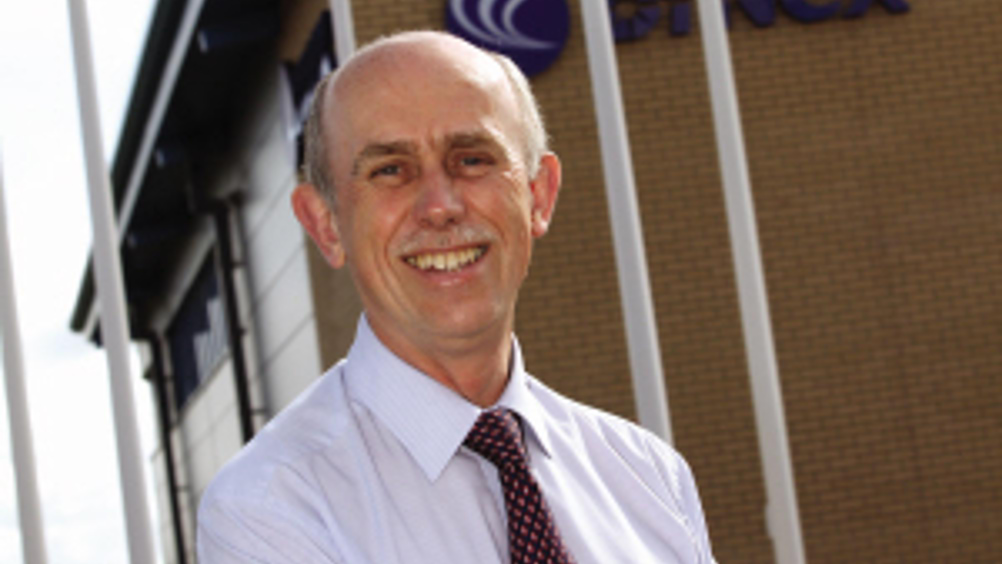POWER ELECTRONICS SPECIAL: Powering change in the industry
3 mins read
Annual demand for power electronics devices of all kinds is immense; current estimates value it at something like $135billion and demand continues to grow by 10% per annum.

It's also a market in which the UK is a leading participant. But a study by the Department for Business, Innovation and Skills (BIS) published in 2011 essentially concluded the UK 'could do better'.
What the BIS report found was that the UK's power electronics sector faced three main challenges:
• The emergence of disruptive technologies, which can rapidly transform sectors of the market in which the UK has existing strengths
• A deep rooted skills shortage, affecting UK industry's ability to keep pace with even incremental innovation
• A lack of strategic funding, inhibiting the implementation of innovative, relatively high risk projects and stifling the aspirations of small companies and start ups.
The conclusion was that the UK needed a clear and coordinated power electronics strategy to allow industry, academia and Government to act cohesively to support one another.
However, while support was available from BIS, the Government's focus was more towards the promotion of sectors than it was towards the development and support of enabling technology.
This pushed a number of 'like-minded' people to get together, resulting in the launch, earlier in 2013, of PowerelectronicsUK, an industry led initiative supported by the IET, GAMBICA and ESP KTN. Its aim is to ensure the UK is recognised as a world leader in power electronics, to create jobs and attract investment.
Dr Paul Taylor, chief executive of Dynex Semiconductor, is vice chairman of the body.
What is his definition of power electronics? "It's electronics applied to control and convert power, but it's a wide ranging set of technologies. Power electronics is not only cross cutting, but also multidisciplinary.
"Power is everywhere," he continued. "It covers the whole gamut and technology can spread from one sector to another. While the basic principles are similar, we want to encourage more sharing of 'know how' between sectors."
He pointed out the UK not only has a 'huge' legacy in power electronics, but also a lot of current activity. "People don't always understand that, if you look at sectors such as energy, transportation and industry, there are some 'big names' who have based themselves here and who have built on the UK's heritage.
"At the same time, there's investment in the semiconductor end of the business; companies such as Dynex, International Rectifier and NXP."
That's the industrial side of things. "This is supported by sets of academic research," he continued. "Even those in the power electronics industry are surprised when they stand back and look at what's going on in our universities."
While recognising the UK's power electronics sector is in reasonable shape, PowerelectronicsUK wants more. "We're pushing for improvement and more focus," Dr Taylor explained. "There's a lot on which we can build, but there's also a lot we can lose if we don't continue to focus."
He sees parallels between the work undertaken in setting up PowerelectronicsUK and that done by the ESCO group. "There are a lot of commonalities; both efforts see big market opportunities. For example, there's renewable energy, automotive, aerospace; all need power electronics and if we underpin power electronics, we'll support those sectors."
The involvement of academic groups within the group is important; not only for ensuring that fundamental technology research continues, but also to get the message over about the lack of suitably qualified graduates.
"We saw that a lot of academic research is being conducted, but that it wasn't focused or connected," Dr Taylor noted. "There was also a lot of competition between groups. By including academia in the organisation, we can provide a better bridge to industry."
When it comes to developing tomorrow's engineers, PowerelectronicsUK is spending time with universities and has a workstream dedicated to the topic of skills. Dr Taylor conceded there was little PowerelectronicsUK could do about encouraging the take up of STEM, but said the situation was different once students arrived at university. "Once they're there, we want to get them interested in electronics and then to push them towards power electronics."
He is also critical of universities being seemingly unable to listen to industry's voice. "A lot of the lack of engineering graduates entering industry is down to the universities. They need to get better career services in place."
But industry also has a role to play, particularly in developing the skills of current engineers. "We have certainly talked about in-career training," he said, "and it is up to industry to do something about how we train our engineers. In that way, we don't have to rely solely on a stream of new engineers and we'll have our own pipeline."
PowerelectronicsUK is industry led and has little funding. "People are giving their time," said Dr Taylor, "and they are all very motivated. We have a lot to get on with, but we need more industry support."
With that support, Dr Taylor believes PowerelectronicsUK will act as a catalyst for growth, provide leadership, encourage engagement and provide coherence. "It will be a focal point for all supporting bodies and stakeholders. It will be a united voice for power electronics in the UK."
For more information and to join the organisation, go to www.power-electronics.org.uk.
Dr Paul Taylor
Dr Taylor joined the Lincoln business unit of GEC – the predecessor of Dynex Semiconductor – in 1976. At the time of the acquisition by Dynex in 2000, Dr Taylor was chief technology officer, a position he held until appointed president and chief executive officer in November 2004.
Dr Taylor, a graduate of Leeds University, was awarded a Doctorate in semiconductor research.












